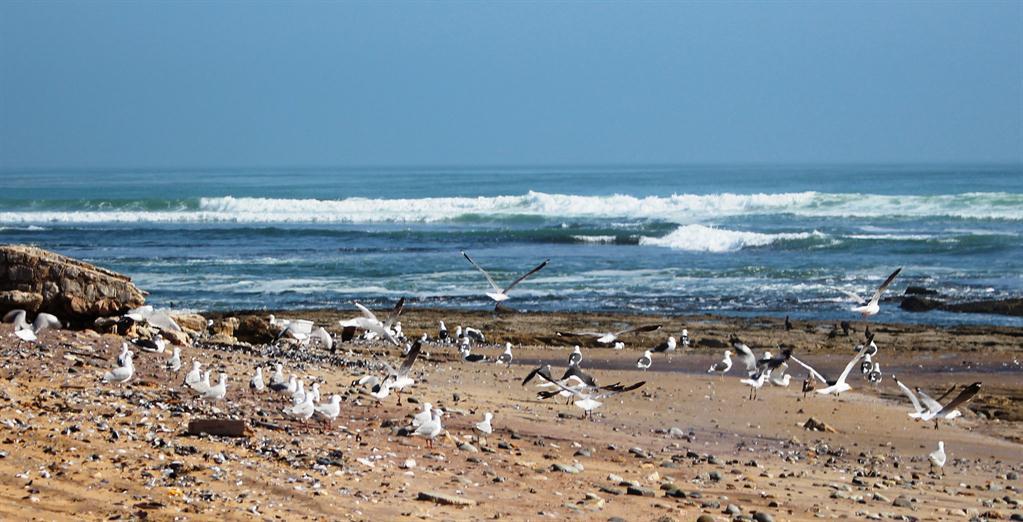Phosphate's benefits
ELLANIE SMIT
WINDHOEK
The development of Namibia's marine phosphate resources, coupled with a fully integrated fertiliser industry, are optimally aligned to the national development agenda of industrialisation.
This is according to an article, 'Contribution of a Phosphate-Based Industry to Namibia's Development Policies and Goals', published on the Chamber of Mines website.
“A Namibian phosphate industry will create value addition of raw materials before they are exported, thereby building and promoting regional value chains, bilateral cooperation and continuous reform of the business environment to become more competitive.”
Namibia has one of the largest underdeveloped phosphate resources in the world, according to the article.
Currently, Namibia imports the bulk of its fertiliser from South African manufacturers, which amounted to N$515 million in 2018.
50 000 jobs
The envisioned development of a marine phosphate industry in Namibia is projected to create over 51 600 direct, indirect and induced jobs through growth in the mining, processing, fertiliser production, agriculture and transport sectors, as well as the expansion or creation of supporting businesses that provide various essential products and services.
Namibian Marine Phosphate (NMP), which plans to operate a marine phosphate mining project at the coast, closed its job registration drive at the end of November, with over 6 000 registrants in expectation of the jobs to be created at the Sandpiper marine phosphate mining project.
The project has, however, not been granted an environmental clearance certificate yet and has been met with opposition from the fishing industry and other concerned parties.
NMP is awaiting the outcome of a High Court application by the Confederation of Namibian Fisheries Associations and three other applicants who want to stop marine mining on environmental grounds.
Following widespread controversy, the environmental clearance certificate for the project was set aside in 2018 by the environment ministry.
WINDHOEK
The development of Namibia's marine phosphate resources, coupled with a fully integrated fertiliser industry, are optimally aligned to the national development agenda of industrialisation.
This is according to an article, 'Contribution of a Phosphate-Based Industry to Namibia's Development Policies and Goals', published on the Chamber of Mines website.
“A Namibian phosphate industry will create value addition of raw materials before they are exported, thereby building and promoting regional value chains, bilateral cooperation and continuous reform of the business environment to become more competitive.”
Namibia has one of the largest underdeveloped phosphate resources in the world, according to the article.
Currently, Namibia imports the bulk of its fertiliser from South African manufacturers, which amounted to N$515 million in 2018.
50 000 jobs
The envisioned development of a marine phosphate industry in Namibia is projected to create over 51 600 direct, indirect and induced jobs through growth in the mining, processing, fertiliser production, agriculture and transport sectors, as well as the expansion or creation of supporting businesses that provide various essential products and services.
Namibian Marine Phosphate (NMP), which plans to operate a marine phosphate mining project at the coast, closed its job registration drive at the end of November, with over 6 000 registrants in expectation of the jobs to be created at the Sandpiper marine phosphate mining project.
The project has, however, not been granted an environmental clearance certificate yet and has been met with opposition from the fishing industry and other concerned parties.
NMP is awaiting the outcome of a High Court application by the Confederation of Namibian Fisheries Associations and three other applicants who want to stop marine mining on environmental grounds.
Following widespread controversy, the environmental clearance certificate for the project was set aside in 2018 by the environment ministry.




Comments
Namibian Sun
No comments have been left on this article